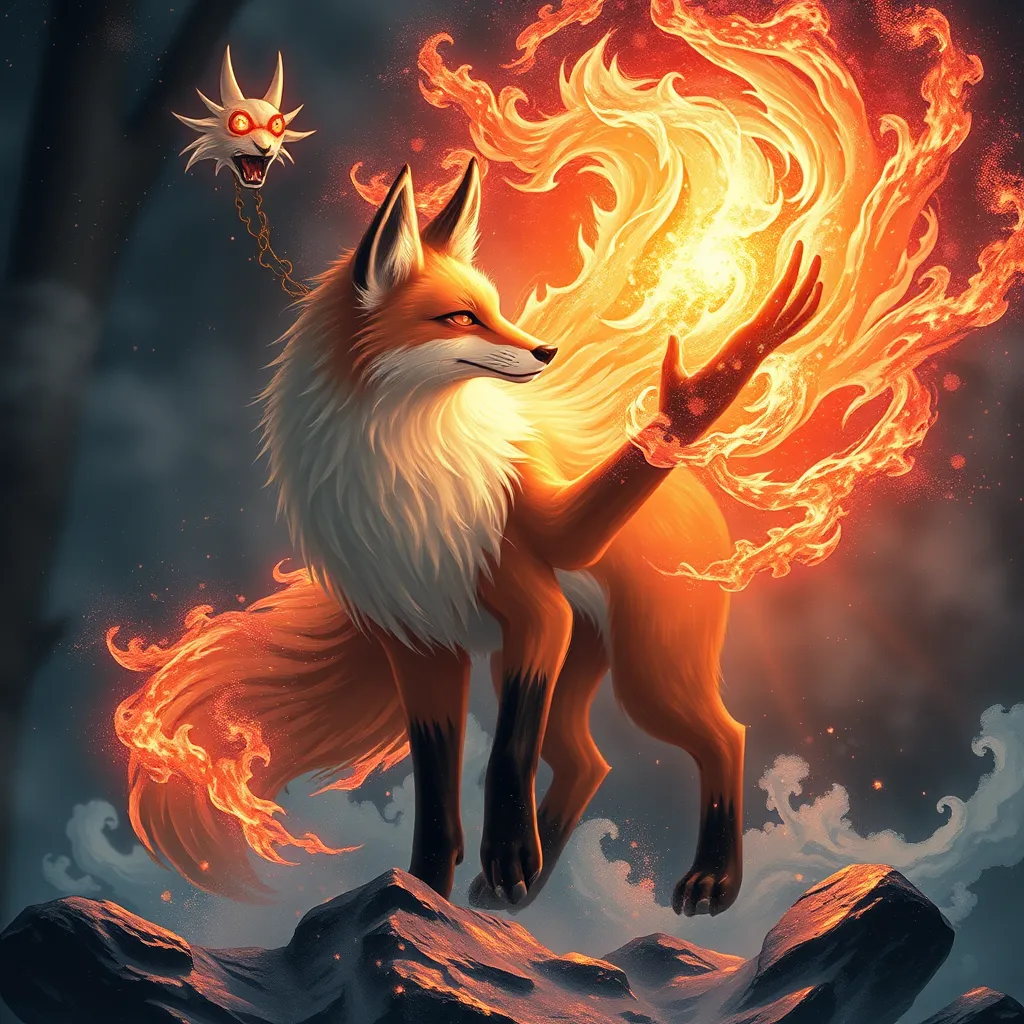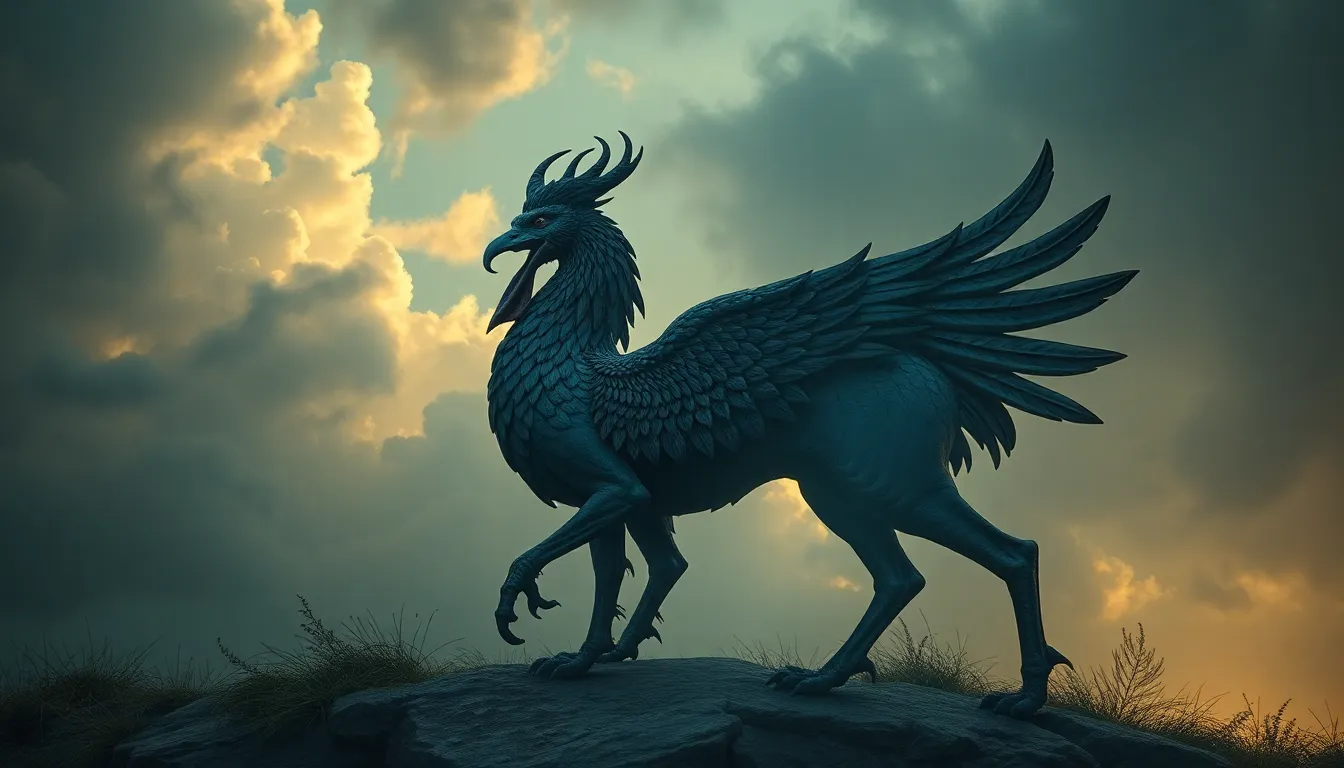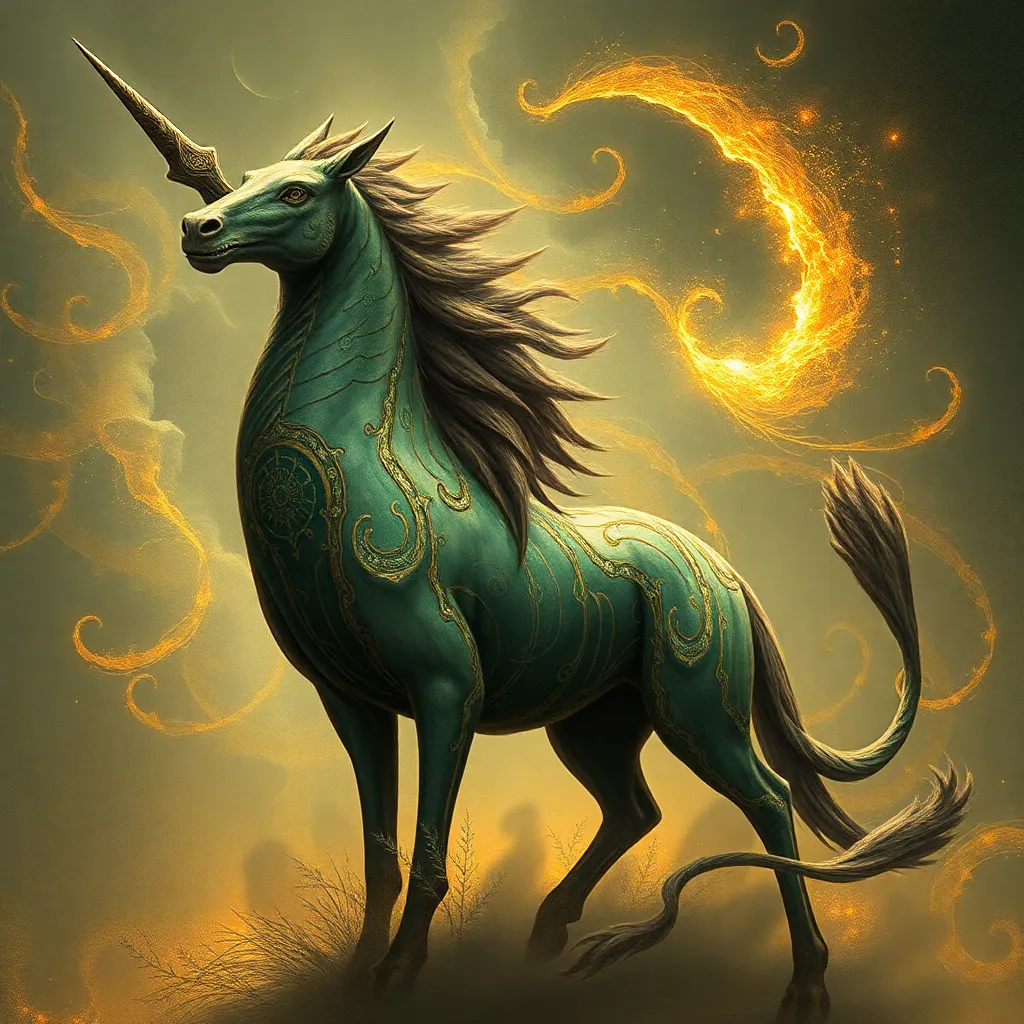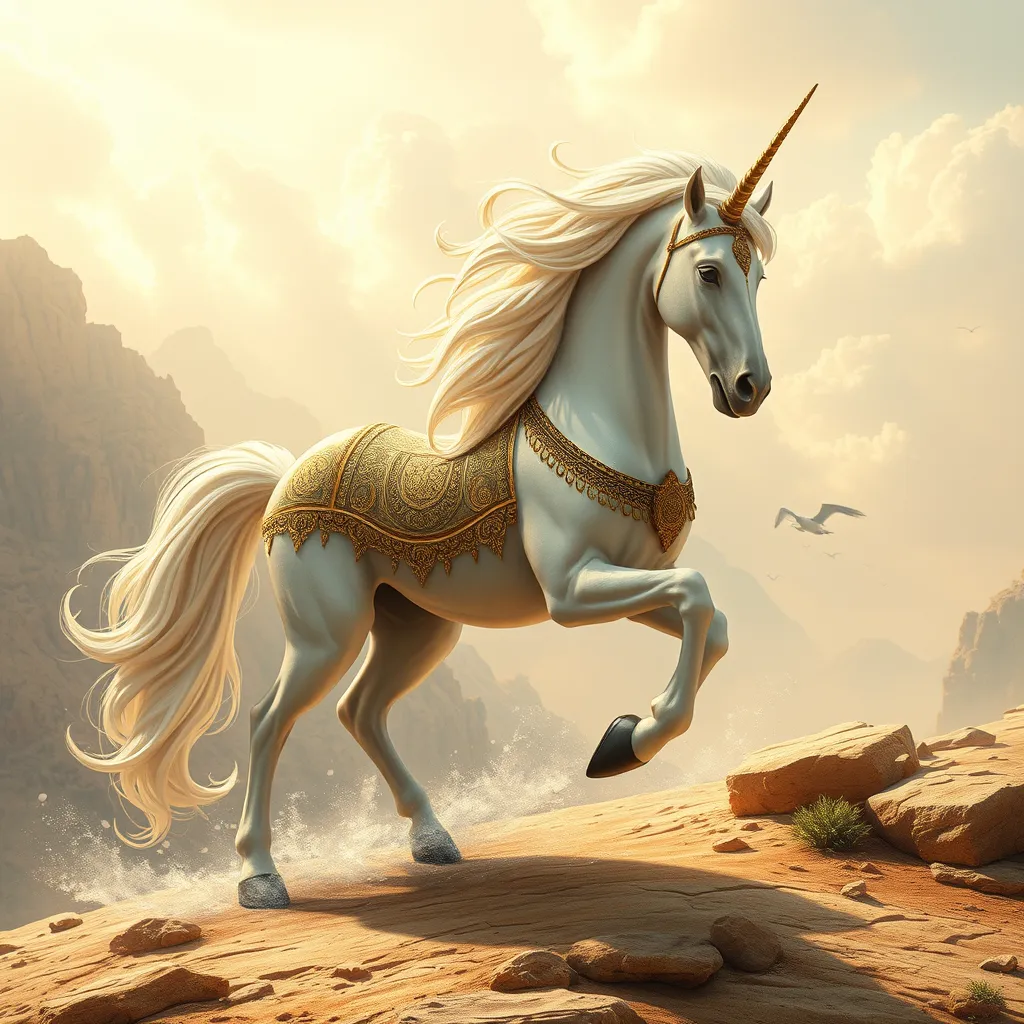The Kitsune’s Power: Understanding the Fox Spirit’s Supernatural Abilities
I. Introduction to Kitsune
The kitsune, a fascinating figure in Japanese folklore, is more than just a fox; it is a symbol of transformation, intelligence, and supernatural prowess. In Japanese, the term “kitsune” translates directly to “fox,” yet its cultural significance extends far beyond this simple definition.
As a shape-shifting fox spirit, the kitsune holds a revered place in various Japanese legends and myths. Often depicted with multiple tails—up to nine—these creatures embody a range of powers and abilities that captivate the imagination.
This article aims to delve into the supernatural abilities of the kitsune, exploring its historical origins, shape-shifting nature, elemental powers, and role in both folklore and modern culture.
II. Historical Origins of the Kitsune Myth
The kitsune’s roots can be traced back to ancient Japanese literature and mythology, where early references depict them as intelligent beings with magical abilities. These tales emphasize the kitsune’s close ties to the rice deity Inari, illustrating its significant role in Shinto beliefs.
Additionally, the influence of Chinese folklore cannot be overlooked. The concept of the fox spirit, or “huli jing,” in China contributed to the evolution of the kitsune legend, intertwining with Japanese beliefs and practices over centuries.
Key aspects of kitsune mythology include:
- Early texts like the “Nihon Shoki” (Chronicles of Japan) mention fox spirits.
- The connection to Inari, where kitsune are considered messengers and protectors.
- Adaptation of Chinese fox spirit tales, enriching Japanese folklore.
III. The Nature of Kitsune Shape-Shifting
One of the most intriguing abilities of the kitsune is its capacity to shape-shift, particularly into human form. This transformation is not just a physical change but often carries deeper implications about identity, deception, and the fluidity of existence.
In Japanese culture, shape-shifting symbolizes:
- The duality of nature—good and evil, human and beast.
- The complexity of identity and the masks people wear in society.
Common themes and stories surrounding kitsune transformations often involve:
- Kitsune marrying humans and living among them.
- Trickster tales where kitsune use their shape-shifting to outsmart others.
- Romantic relationships that highlight the tension between human and spirit worlds.
IV. Kitsune and Elemental Powers
Kitsune are frequently associated with the elements—fire, water, earth, and air. Each of these elements reflects the unique powers that the kitsune can wield, further enhancing their mystical aura.
The significance of these elemental associations in kitsune lore includes:
- Fire: Often linked to their ability to create illusions and manipulate flames.
- Water: Connected to healing and purification, representing emotional depth.
- Earth: Symbolizes stability and growth, highlighting the kitsune’s nurturing side.
- Air: Represents freedom and the transcendence of boundaries.
Famous tales showcasing the elemental powers of kitsune often illustrate their interaction with these forces, such as:
- The fire kitsune that protects villages from wildfires.
- Water kitsune that brings rain during droughts.
V. The Kitsune’s Role as a Protector and Trickster
The kitsune embodies a duality that makes it a complex figure in folklore. On one hand, they serve as protector spirits, guiding and safeguarding humans. On the other, they are known for their mischievous, trickster nature, often leading humans astray.
Notable stories illustrating this dual nature include:
- A kitsune saving a lost traveler from danger.
- A tale where a kitsune plays tricks on greedy individuals, teaching them a lesson.
The impact of these roles on human-kitsune relationships is profound, as they highlight themes of trust, caution, and the balance between good and mischief.
VI. Kitsune in Modern Popular Culture
In contemporary society, kitsune have found a prominent place in popular culture, particularly in anime, manga, and literature. They are often depicted as enigmatic figures, embodying both beauty and danger.
Influence in various media includes:
- Anime series featuring kitsune as main characters or sidekicks, such as “InuYasha” and “Naruto.”
- Manga that explores the romantic and adventurous aspects of kitsune lore.
- Video games incorporating kitsune as powerful allies or cunning adversaries.
The kitsune’s allure continues to captivate audiences, representing mystery and the complexities of the spirit world.
VII. The Kitsune’s Spiritual and Mystical Abilities
The kitsune is often attributed with various psychic powers, making them not just tricksters but also wise and knowledgeable beings. Their abilities include:
- Telepathy and communication with spirits.
- Foreseeing future events and providing guidance.
Healing abilities are also significant in kitsune folklore, where they are believed to possess the power to cure ailments and bring comfort. This connection to the spirit world enhances their role as spiritual guides, linking them to ancestral wisdom and the collective memory of their culture.
VIII. Conclusion: The Enduring Legacy of the Kitsune
The kitsune’s multifaceted nature, embodying both protector and trickster, continues to resonate in modern society. Its lasting impact on folklore, literature, and popular culture speaks to humanity’s fascination with transformation, magic, and the unknown.
As we explore the world of Japanese folklore, the kitsune serves as a reminder of the complexities of life, identity, and the rich tapestry of stories that connect us to our past. The enduring legacy of the kitsune invites us to delve deeper into these myths, uncovering layers of meaning that enrich our understanding of both history and culture.



